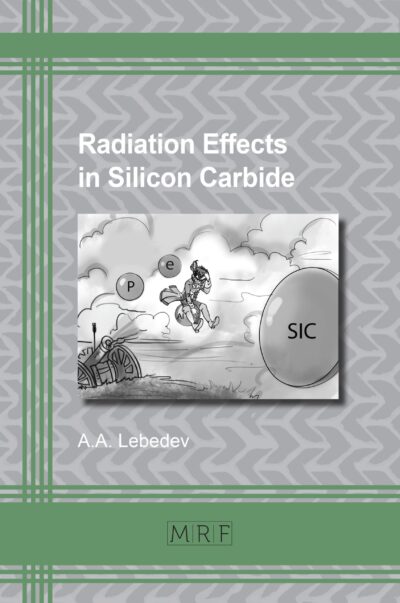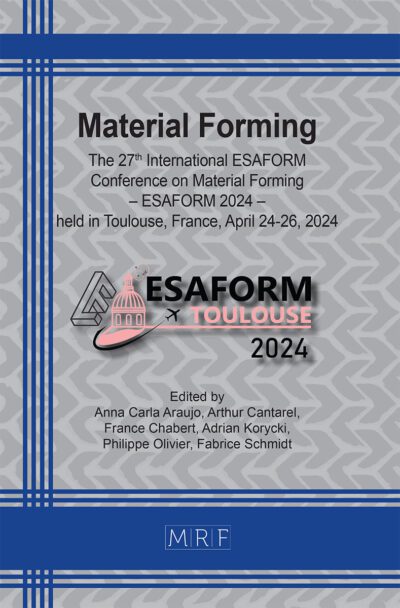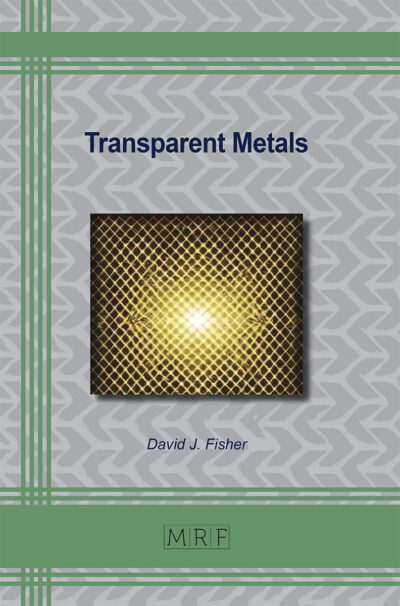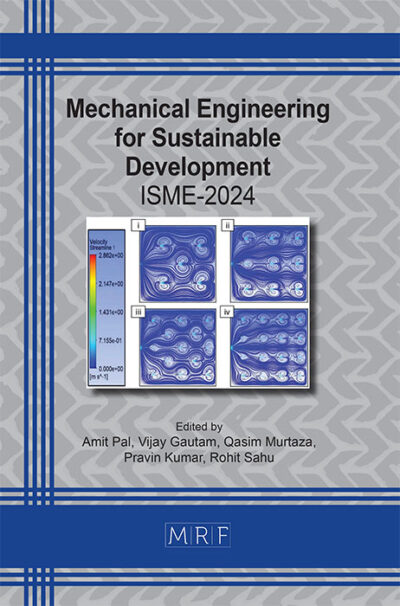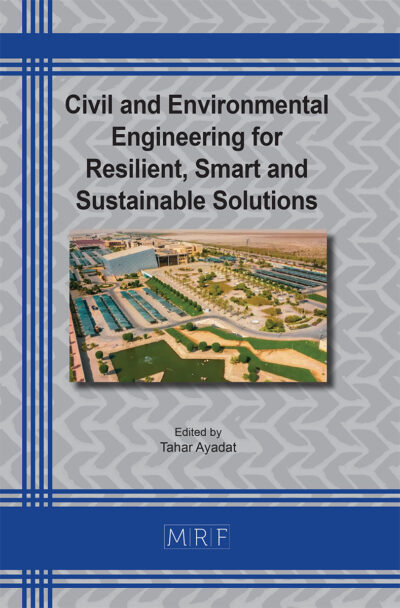Critical building components analysis: An empirical study
Saidur Rahman Chowdhury, Shahidur Rahman Shihab, Shafinul Islam, Muhammad Saiful Islam
Abstract. To improve a building’s performance, it is essential to critically evaluate the common structural component failures and damages encountered by construction professionals throughout a building’s service life. This study aims to identify and prioritize key building components, as well as critical defects and their underlying causes, in construction projects. After reviewing the relevant literature, 23 building assessment reports were analyzed using descriptive statistical methods. The results show that walls are the most affected component, followed by slabs, foundations, columns, beams, joints, and staircases. The most common defects include small or hairline cracks, reinforcement corrosion, concrete spalling, differential settlement, tilting, efflorescence, and seepage in walls and slabs. These issues are primarily attributed to poor planning, inadequate or absent subsurface investigations, low-quality materials, substandard workmanship, increased live loads due to changes in building use, aging structures, and insufficient concrete cover. The findings offer valuable insights for key stakeholders—such as project owners, consultants, contractors, as well as academic and industry professionals—by helping to reduce building defects and raise the standards of building performance throughout their service life.
Keywords
Defects, Damage, Crack, Settlement, Building Components
Published online 2/25/2025, 9 pages
Copyright © 2025 by the author(s)
Published under license by Materials Research Forum LLC., Millersville PA, USA
Citation: Saidur Rahman Chowdhury, Shahidur Rahman Shihab, Shafinul Islam, Muhammad Saiful Islam, Critical building components analysis: An empirical study, Materials Research Proceedings, Vol. 48, pp 77-85, 2025
DOI: https://doi.org/10.21741/9781644903414-9
The article was published as article 9 of the book Civil and Environmental Engineering for Resilient, Smart and Sustainable Solutions
![]() Content from this work may be used under the terms of the Creative Commons Attribution 3.0 license. Any further distribution of this work must maintain attribution to the author(s) and the title of the work, journal citation and DOI.
Content from this work may be used under the terms of the Creative Commons Attribution 3.0 license. Any further distribution of this work must maintain attribution to the author(s) and the title of the work, journal citation and DOI.
References
[1] Wardhana, K., & Hadipriono, F. C. (2003). Study of Recent Building Failures in the United States. Journal of Performance of Constructed Facilities, 17(13). https://doi.org/10.1061/ASCE0887-3828200317:3151
[2] Star Business Report. (2016). Justice Still Eludes Rana Plaza Victims: CPD. https://www.thedailystar.net/business/justice-still-eludes-rana-plaza-victims-cpd-1213720
[3] Omondi, S. (2019). The Worst Building Collapses In History. WorldAtlas. https://www.worldatlas.com/articles/the-worst-building-collapses-in-history.html
[4] Almarwae, M. (2017). Structural Failure of Buildings: Issues and Challenges. World Scientific News, 66, 97–108.
[5] Dietz, K. (2013). Learning from Building Failures : A student report– Architectural Engineering program.
[6] Chiel, de W. (2014). Exploring the nature of nonconformities [University of Twenty]. www.bam.nl
[7] Love, P. E. D., Teo, P., & Morrison, J. (2018). Unearthing the nature and interplay of quality and safety in construction projects: An empirical study. Safety Science, 103, 270–279. https://doi.org/10.1016/j.ssci.2017.11.026
[8] Forcada, N., Macarulla, M., Gangolells, M., & Casals, M. (2016). Handover defects: Comparison of construction and post-handover housing defects. Building Research and Information, 44(3), 279–288. https://doi.org/10.1080/09613218.2015.1039284
[9] Sommerville, J. (2007). Defects and rework in new build: An analysis of the phenomenon and drivers. Structural Survey, 25(5), 391–407. https://doi.org/10.1108/02630800710838437
[10] Love, P. E. D., Teo, P., Ackermann, F., Smith, J., Alexander, J., Palaneeswaran, E., & Morrison, J. (2018). Reduce rework, improve safety: an empirical inquiry into the precursors to error in construction. Production Planning and Control, 29(5), 353–366. https://doi.org/10.1080/09537287.2018.1424961
[11] Bortolini, R., & Forcada, N. (2018). Building Inspection System for Evaluating the Technical Performance of Existing Buildings. Journal of Performance of Constructed Facilities, 32(5). https://doi.org/10.1061/(asce)cf.1943-5509.0001220
[12] Jonsson, Z. A., & Gunnelin, H. R. (2019). Defects in newly constructed residential buildings: owners’ perspective. International Journal of Building Pathology and Adaptation, 37(2), 163–185. https://doi.org/10.1108/IJBPA-09-2018-0077
[13] Liu, J., Jin, F., Xie, Q., & Skitmore, M. (2017). Improving risk assessment in financial feasibility of international engineering projects: A risk driver perspective. International Journal of Project Management, 35(2), 204–211. https://doi.org/10.1016/j.ijproman.2016.11.004
[14] Forcada, N., M. Macarulla, and P. E. D. Love. 2013. “Assessment of residential defects at post-handover.” J. Constr. Eng. Manag., 139 (4): 372–378. https://doi.org/10.1061/(ASCE)CO.1943-7862.0000603
[15] Hoang, N. D. 2018. “Detection of Surface Crack in Building Structures Using Image Processing Technique with an Improved Otsu Method for Image Thresholding.” Adv. Civ. Eng., 2018. https://doi.org/10.1155/2018/3924120
[16] Islam, M. S., M. M. Islam, H. R. T. Imran, M. Skitmore, and M. P. Nepal. 2021. “Grasping the Nonconformities in Building Construction Supply Chains.” J. Perform. Constr. Facil., 35 (1): 04020141. https://doi.org/10.1061/(asce)cf.1943-5509.0001546
[17] Islam, M. S., M. Islam, S. R. Shihab, M. Skitmore, and A. M. Asce. 2023. “Nonconformity Assessment in Building Construction Projects : A Fuzzy Group Decision-Making Approach.” 37 (1). https://doi.org/10.1061/JPCFEV.CFENG-4208
[18] Bortolini, R., and N. Forcada. 2018. “Building Inspection System for Evaluating the Technical Performance of Existing Buildings.” J. Perform. Constr. Facil., 32 (5): 1–14. https://doi.org/10.1061/(ASCE)CF.1943-5509.0001220
[19] Gurmu, A. T., A. Krezel, and C. Ongkowijoyo. 2021. “Fuzzy-stochastic model to assess defects in low-rise residential buildings.” J. Build. Eng., 40 (January): 102318. Elsevier Ltd. https://doi.org/10.1016/j.jobe.2021.102318
[20] Oloyede, S. A., C. B. Omoogun, and O. A. Akinjare. 2010. “Tackling Causes of Frequent Building Collapse in Nigeria.” J. Sustain. Dev., 3 (3). https://doi.org/10.5539/jsd.v3n3p127


